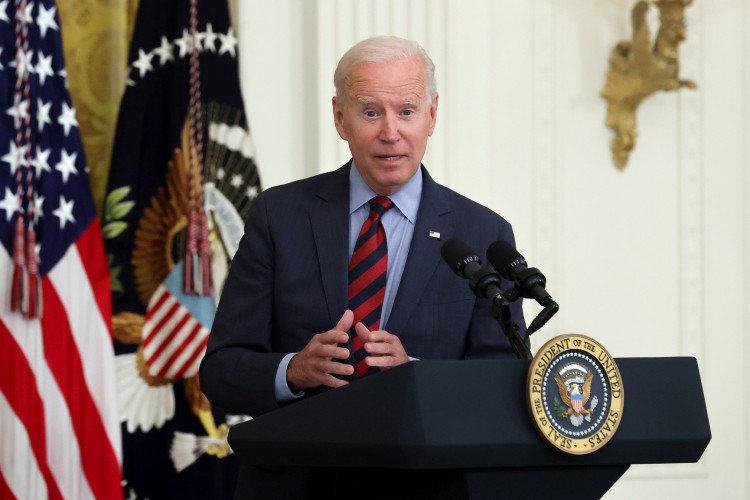The Biden administration is moving forward with another attempt to forgive the student debt of tens of millions of Americans, despite the Supreme Court's rejection of its previous effort last year. In the coming days, the U.S. Department of Education will begin emailing borrowers who may be eligible for widespread loan cancellation. This initiative is expected to deliver relief as early as this fall, potentially just weeks before the 2024 presidential election.
"Today, the Biden-Harris administration takes another step forward in our drive to deliver student debt relief to borrowers who've been failed by a broken system," stated U.S. Secretary of Education Miguel Cardona. Borrowers who wish to opt out of the debt forgiveness must notify their loan servicer by August 30, according to the Education Department.
The administration's latest plan targets borrowers who owe more now than when they started repayment and those who have been paying on their loans for decades. This move comes after President Joe Biden announced, on the same day the Supreme Court blocked his first attempt, that the White House would seek to deliver relief through the regulatory process, a method believed to have a better chance of withstanding legal scrutiny.
The Education Department is expected to finalize the rule on debt relief in October. Mark Kantrowitz, a higher education expert, noted, "Undoubtedly, the Biden Administration will be ready to go as soon as the final rule is published, but Republicans may also be ready to file a lawsuit." The initial plan was thwarted by a lawsuit from six GOP-led states: Arkansas, Iowa, Kansas, Missouri, Nebraska, and South Carolina.
This email initiative is also seen as a strategic move by the Biden administration to highlight the stakes of the upcoming election. Kantrowitz added, "It shows the borrowers what they stand to lose if Republicans win."
Rep. Virginia Foxx, R-N.C., criticized the move, saying, "The Biden-Harris administration continues to dangle loan 'forgiveness' in front of millions of borrowers across the nation. This is just another illegal scheme intended to buy votes in November."
The Department of Education's email will outline the options for debt relief and inform borrowers that they have until August 30 to opt out if they choose. The final rule aims to provide targeted relief to about 25 million borrowers, building on the nearly 4.8 million who have already had their debts canceled during Biden's tenure.
Biden emphasized the administration's commitment to moving swiftly once the rules are final, saying, "Despite attempts led by Republican elected officials to block our efforts, we won't stop fighting to provide relief to student loan borrowers, fix the broken student loan system, and help borrowers get out from under the burden of student debt."
The new plan primarily targets borrowers with runaway interest or those who have been paying their loans for over two decades. These categories represent the largest groups of beneficiaries. Approximately 25 million people owe more now than they did initially due to accumulating interest. The new rule would reduce or cancel this interest. Additionally, around 2.6 million borrowers who have been repaying their loans for 20 years or more may also see their remaining debt forgiven.
Education Secretary Miguel Cardona's email will make borrowers aware of the potential relief and stress the administration's readiness to implement the program as soon as the final rule is published. The Department of Education has estimated that over 90% of people with runaway interest, or about 23 million borrowers, will benefit from the reset to their initial loan amount.
The rule also includes provisions for debt relief to those eligible under existing programs like Public Service Loan Forgiveness and those who paid for degrees from institutions that did not provide the promised financial security.
The Biden administration's efforts to forgive student debt have faced significant legal hurdles, including a recent court ruling that put a hold on the administration's SAVE Plan, which aimed to tie monthly payments to borrowers' incomes and provide debt relief after ten years for smaller loan balances.






